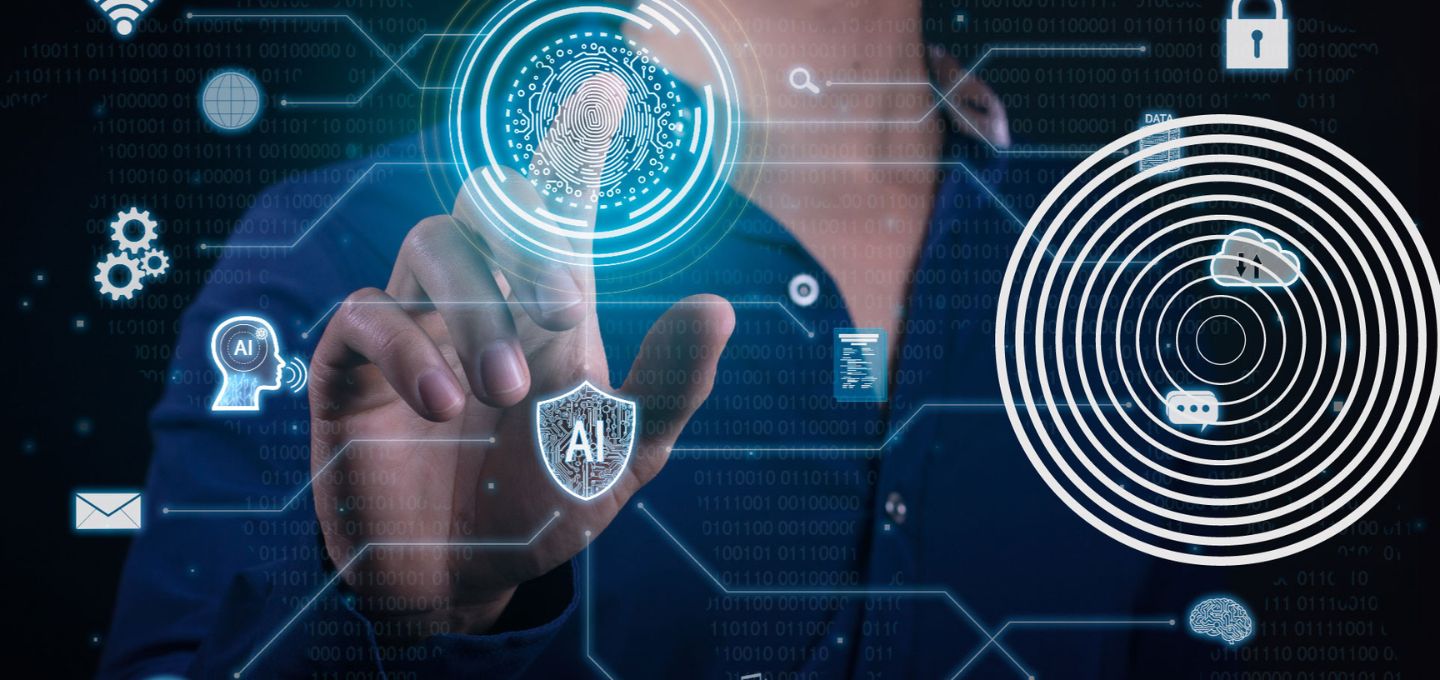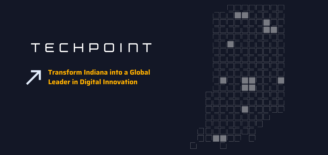AI is a Double-Edged Sword: Its Power and Peril in Cybersecurity
Cybercrime is predicted to bring damages totaling $8 trillion U.S. dollars globally this year, according to Cybersecurity Ventures. If this were measured as a country, it would be the world’s third-largest economy after the U.S. and China. So, it comes as no surprise that cybersecurity continues to be a top priority of business leaders, CIOs and CISCOs everywhere.
Today, the cybersecurity spotlight is largely centered around artificial intelligence (AI). This technology has emerged as a formidable force, with the power to be used for both good and bad. AI can help organizations to defend against attackers, but it can also be used by cybercriminals to carry out the attacks. As technology advances, the tools available to both cybersecurity experts and malicious actors continue to improve, leading to a growing concern about the misuse of AI.
Phishing attacks, social engineering, credential stuffing, deepfake tech, AI-enhanced and -generated malware, ransomware, and automated bot attacks are just a few examples that underscore the versatility of AI in cyberattacks.
AI on Attack
With such range and adaptability, AI provides a potent tool for cybercriminals. Already, AI-driven cyber-attacks have become increasingly sophisticated, leveraging machine learning and automation to exploit vulnerabilities and breach security systems. Recently, Check Point Research released its 2023 Mid-Year Security Report, which reveals a concerning 8 percent surge in global weekly cyber-attacks during the second quarter of the year, marking the most significant increase in two years. It finds that the misuse of AI has escalated, as attackers use generative AI tools for phishing emails, keystroke monitoring malware and basic ransomware code.
AI is being used effectively by ransomware instigators to increase their ability to identify and launch successful attacks. Additionally, automated bots are enabling cybercriminals to launch large-scale attacks that can disrupt websites and services, leading to financial losses and reputation damage.
The potential devastation that AI-powered cyberattacks can inflict is a sobering reminder that the same technology that can drive progress and innovation also has a dark side.
AI as Armor
In the never-ending battle against cyber threats, the power of AI is also being harnessed for defense. AI-enhanced cybersecurity solutions have become pivotal in identifying and mitigating risks. These technologies can quickly analyze vast datasets and detect anomalies, allowing for the early identification of threats. For example, AI can identify unusual patterns in network traffic that may indicate a breach or malicious activity.
To effectively defend against AI-driven threats, businesses must take proactive measures. Here are a few strategies that organizations can implement:
- SIEM & SOC Solutions: Security Information and Event Management (SIEM) and Security Operations Center (SOC) solutions offer real-time monitoring and threat detection. By using AI to cut through the noise of automated alerting, these solutions reduce alert fatigue and technical debt, allowing security teams to focus on addressing genuine threats.
- Managed Security Services: Outsourcing security to experts can be a wise choice in the age of AI-driven threats. Companies like OTAVA specialize in staying ahead of the curve, continually adapting to new cyber threats. By entrusting your security to these professionals, you can free up your internal resources to concentrate on your core business operations.
- Disaster Recovery: With the looming threats posed by AI-driven attacks, having a solid disaster recovery plan is essential. Because AI villains can interrupt your operations, Disaster Recovery as a Service (DRaaS) has become key to helping mitigate the damage and ensuring business continuity.
The Way Forward
The rise of AI-driven cyber threats requires organizations to take cybersecurity more seriously than ever before. The fact that AI can present both a threat and a defense is more evidence that a proactive approach is the only approach.
Based on our experience at OTAVA, we know organizations that are aware of both of AI’s sharp sides – those who embrace its power for good and prepare for the bad it can bring – can protect their assets, maintain business continuity and ensure a safer digital future for all.
About the Author: TJ Houske is OTAVA’s CEO. For more than 20 years he’s held senior and executive leadership roles in engineering, architecture, and strategic business development. He’s been an IT executive, consultant, entrepreneur, and the head of one of the industry’s most dedicated technology operations teams. A visionary with a down-to-earth approach, TJ is on a mission to make service providers, enterprises, and public sector organizations successful in cloud.




